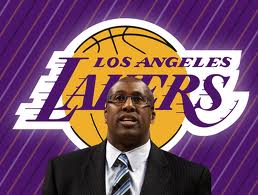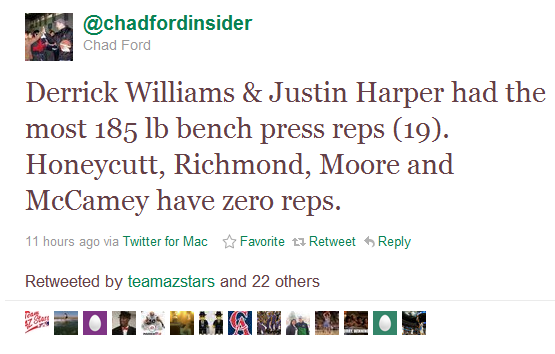Traffic, housing choices, and commitment
A couple of weeks ago I posted about an interactive map/tool for the San Francisco area that was developed (at least in part), to help people understand the decisions and tradeoffs related to their choices and opportunities for work and housing. Simply put, the tool helps you assess the costs and commuting times and options associated with Living in Location 'A' and working in Location 'B'. Some of these dynamics and tradeoffs are changing of course, but still for many jobs, the requirement for employees to be physically present in an office or other work location is a fact of life, and will remain so probably forever. 
Decisions about where to work and where to live are never easy matters, but for some fortunate folks like C-suite executives or National Basketball Association head coaches, (yes, another sports reference), the decisions are a bit easier, as their comparatively more lucrative compensation packages provide more options and flexibility in terms of housing choices. Let's face it, there are not too many neighborhoods that an average CEO or NBA coach would feel were out of reach.
That is what I was thinking about this morning when I read a piece from the online Orange County (Ca.) Register about new Los Angeles Lakers Head Coach Mike Brown, and his decision to buy a home in a neighborhood called Anaheim Hills. Only having been an occasional visitor to Southern California, that headline did not really resonate with me, but digging in to the piece reveals a bit more about the potential consequences and ramifications of Brown's decision:
According to Google Maps, (Brown's new home) that’ll be 45 minutes to practice without traffic (but an hour and 20 minutes with traffic) and 43 minutes to Staples without traffic (but an hour and 40 minutes with traffic.)
Brown is sacrificing proximity to his Lakers work to be close to Santa Ana’s Mater Dei High (emphasis mine). That’s where son Elijah will play basketball and son Cameron will play football
Everyone, even the occasional visitor to the LA area like myself, knows or at least is subconsciously aware of LA traffic, and the way in which it effects work and family life in that area. For new Lakers Head Coach Brown, who has a contract paying him (according to reports), $18.25M over four years, to elect to live in an area that will almost certainly present pretty significant challenges and stress simply getting to work has raised at least a few questions amongst supporters and media that cover the team.
Could it be that Brown, recently fired as the head coach of the Cleveland Cavaliers despite being named the league's Coach of the Year the prior season, is well aware of the total lack of job security that comes with being an NBA coach, and thusly elected to choose housing that was more in line with his non-work or family life? NBA coaches are notoriously known as incessant workaholics, and the league is rife with tales of coaches sleeping in their offices, missing important family events, and generally devoting themselves to the sport and their teams. I am not saying that is the right or intelligent approach, but it just has been that way for a long time.
Perhaps Brown represents a shift from that old-fashioned and unhealthy kind of approach to life as an NBA head coach, and by choosing to live closer to the center of his family life he is signaling that he sees that balance or fit between the two as being just as important as success on the court. If so, that is to be commended I think.
But I do wonder if the Lakers organization sees it the same way, and if they are looking at their new $18M coach who potenitally will be frequently stuck on the freeway, navigating LA's notorious traffic jams to try and get to the game or to practice, when it seems at least from the outside looking in that he had lots of other options.
What do you think? Should the Lakers or any organization care or get involved on the personal choices their leaders make about these kinds of things?
How far away from the Arena is too far?

 Steve
Steve




